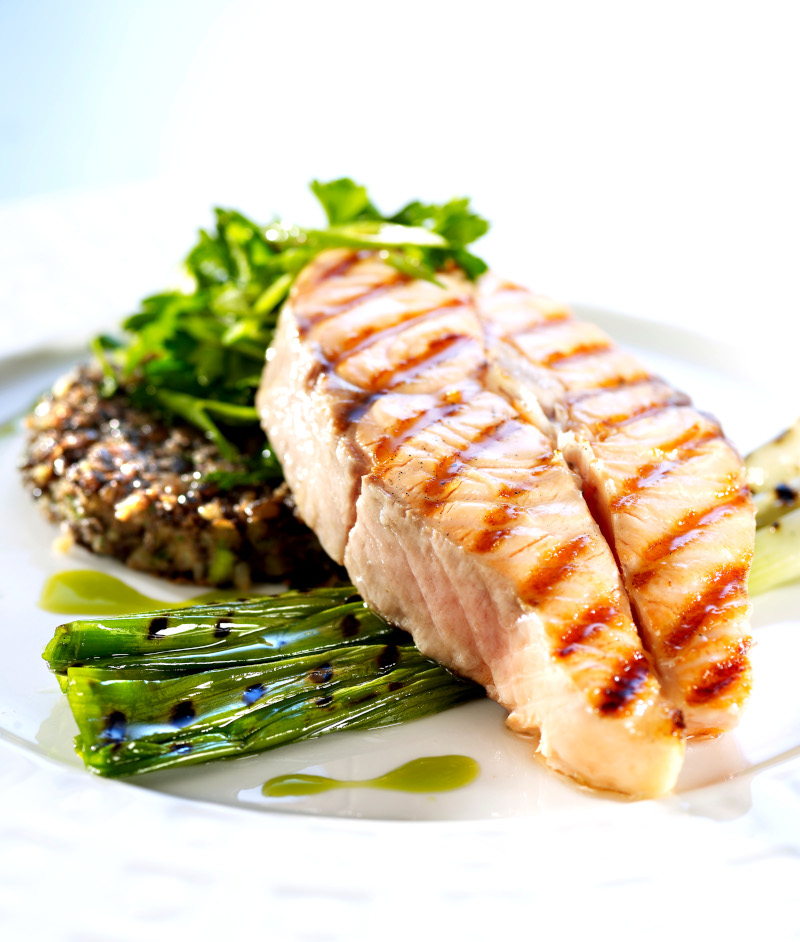The Norwegian farmed Atlamtic Salmon is one of Norway’s favourite fish, if fish were chosen at all for a meal in Norway.
Text by CM Cordeiro & Photo © Nofima, 2019
It was a gathering of about 30 international individuals who had moved to Tromsø for various purposes. I was born in tropical Singapore and had moved to the Swedish west coast when I was 26 years old to pursue a doctoral degree in applied linguistics at the University of Gothenburg in Sweden. The intention back in 2002 when I landed in Sweden was to go back to Southeast-Asia to continue teaching and research at a university based in the region, but as life flows have it, that was not to be. At just about the time when I had acquired good enough Swedish to order food so that it comes as I had ordered it (in my early years in Sweden, I had tried ordering blueberry ice-cream and got instead some warm water in a glass), I received confirmation of a research position in Northern Norway, with geocoordinates even farther than what I initially thought was wintry Sweden. So, seated around me in the room for this international gathering in the Arctic Circle city of Tromsø were fellow internationals. and about 12 Norwegians, some of whom were born in the county of Troms or who had immediate family members who lived in Troms.
